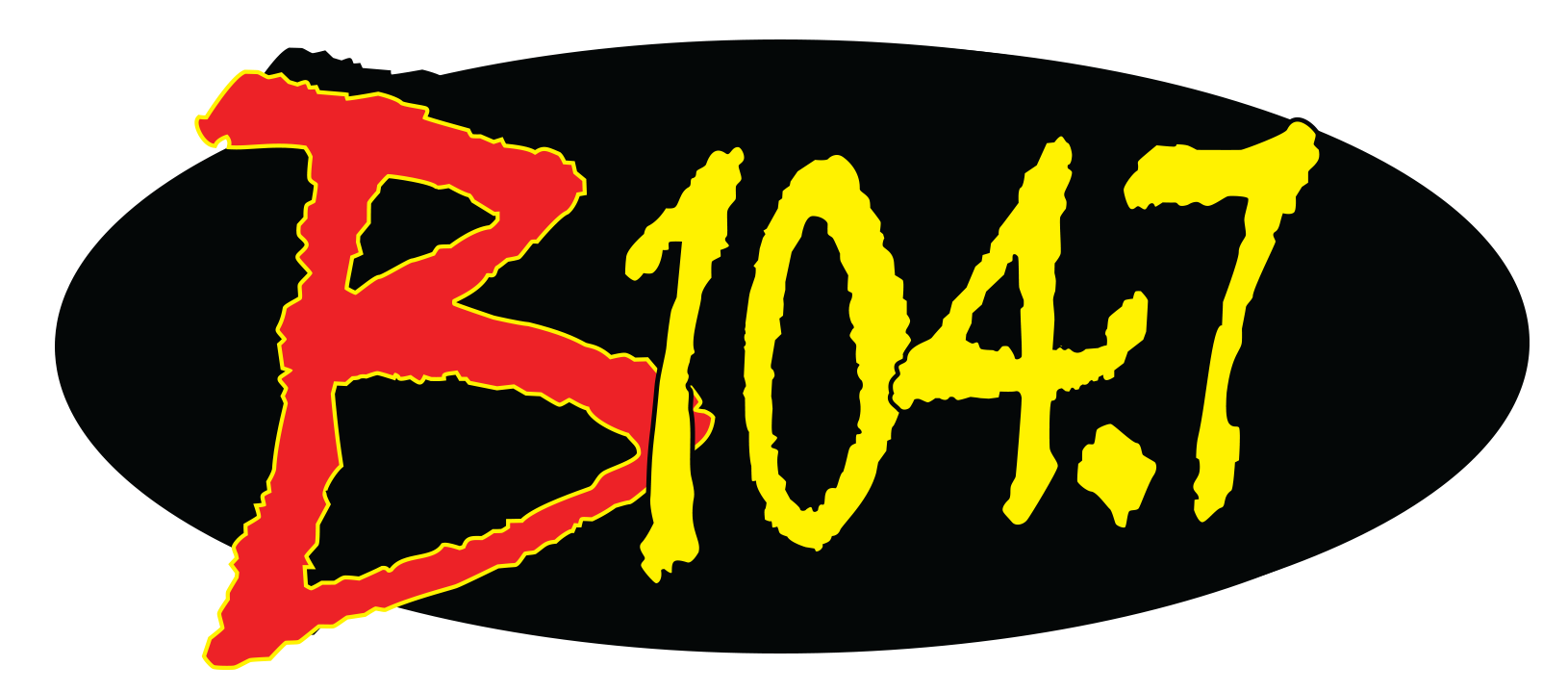Digital Signs
Manhattan is exploring whether to allow new forms of digital signs with alternating messages and whether to permit them in more districts zoned for commercial, industrial or manufacturing uses.
Thomas Outdoor Advertising, the owners of the vast majority of off-site advertisements in Manhattan, requested an amendment to the Unified Development Ordinance currently being developed by city administrative staff.
Digital billboards are large off-premise advertisements that rotate different advertisements over time, they have different types of pixel pitch and quality. The technology was specifically prohibited in 2014 over concerns regarding vehicle accidents and how it would alter the community’s appearance, but current provisions in the working Unified Development Ordinance would permit them in highway service commercial and light manufacturing zoning districts. Off-premise signage is permitted in highway service and heavy commercial, light manufacturing as well as light and heavy industrial zoning districts. The city does allow electronic copy signs for schools and churches in certain residential areas and Trivision signs under conditional use requests.
The Thomas’ requested the city allow digital billboards in all zoning districts off-premise advertisements are permitted and to allow shorter change rates closer to 10 seconds than the current minute-long dwell time. Ownership also expressed supported regulations that would keep signs at least 200 feet from residential areas and advocated for rules mandating digital signs cannot be installed within 2.5 miles of another. They were open to sign-swap requirements as well, in which new digital signs can only be installed if some ratio of existing billboards are removed in their stead.
Commissioner Wynn Butler says in the long run that will result in net reduction in signage.
“I’ve gotten two or three emails, people against it, but primarily I think it may be because there’s some vision that we’re going to turn the city into Las Vegas by putting too many of these there,” says Butler. “And the details of this actually prevent that.”
Owner Leighton Thomas says the new technology will better suit consumer needs as well as allow local business to better tailor their marketing strategies or possibly suspend ads for emergency notices.
“Little boy missing or elderly citizen or, let’s say, weather alert,” says Leighton Thomas.
His father, Bart Thomas also said they plan to have a slot for advertising local community events at area venues and parks.
The commission was not unanimous on the topic, with multiple commissioners leaning toward not amending the ordinance. Commissioner Jerred McKee says multiple other emergency alert mechanisms – such as radio or the cell phone-based IPAWS system – exist, though he was open to further deliberation.
“I would like to see […] what they really look like especially at night, side by side, or a picture of that,” says McKee. “Because I think that’s where people are most concerned on their impacts.”
Commissioner Linda Morse was also not overly interested in the requested amendments, saying she believes current regulations limiting sign brightness are not always adhered to and has called code services on signs in the past.
“What I’ve discovered over time is the difficulty the city has in enforcing the few that we have that are onerous,” says Morse.
Mayor Pro Tempore Usha Reddi was also more in favor of maintaining current regulations, saying she’s concerned about how alternating digital signs will mix with cell phones in the hands of younger people on roadways.
“That bothers me because we are a university town and even though we don’t have data saying that’s what causes the accident, it certainly is a distraction,” says Reddi, referring to a National Highway Safety Administration that found no significant link between such advertisements and traffic collisions.
Mayor Mike Dodson was particularly interested in their potential for emergency alerts, but he and commissioners requested administration return with more information on the subject of accidents and distraction, brightness control measures and light pollution as well as a preferred ratio for the sign-swap provision.
Manhattan Conference Center
In other business, the Manhattan Conference Center expansion is expected to come in at a higher cost than first projected.
Deputy City Manager Jason Hilgers said Tuesday the planned $3.5 million expansion is now looking like it will cost $4.75 million. Hilgers says that will add to the $400,000 to $500,000 per year currently budgeted in the sales-tax-funded Economic Development fund for debt service on the project.
“It doesn’t take very long for $500,000 to eat away that $6 million that’s left as a balance,” says Hilgers. “It won’t make the full duration of the debt service.”
The Conference Center was completed in 2010 for about $10 million and the city agreed to a 14,000 square foot expansion at the beginning of 2019, with a little over $200,000 per year of the overall financing being split between transient guest tax and contributions from the Hilton Garden Inn.
The repayment plan extends through the next two decades, and Hilgers says they’ll need to identify an alternative – either in the existing fund or a future fund – to avoid depleting their EcoDevo dollars. Commissioner Wynn Butler pointed to the importance of renewing the EcoDevo sales tax, which expires in 2022, in order to keep the cost from adding to the mill levy.
The thing was billed as economic development, but a lot of the bond and interest money was going on property tax and to me that wasn’t the right way to handle it,” says Butler. He also warned of the possibility of the debt service falling back onto property taxes if that sales tax isn’t renewed in the coming years.
Hilgers says more details on the topic will be presented at the Commission’s November 5th meeting.
Laboratory Space
The post Manhattan discusses digital sign rules, EcoDevo, increased Conference Center costs appeared first on News Radio KMAN.


